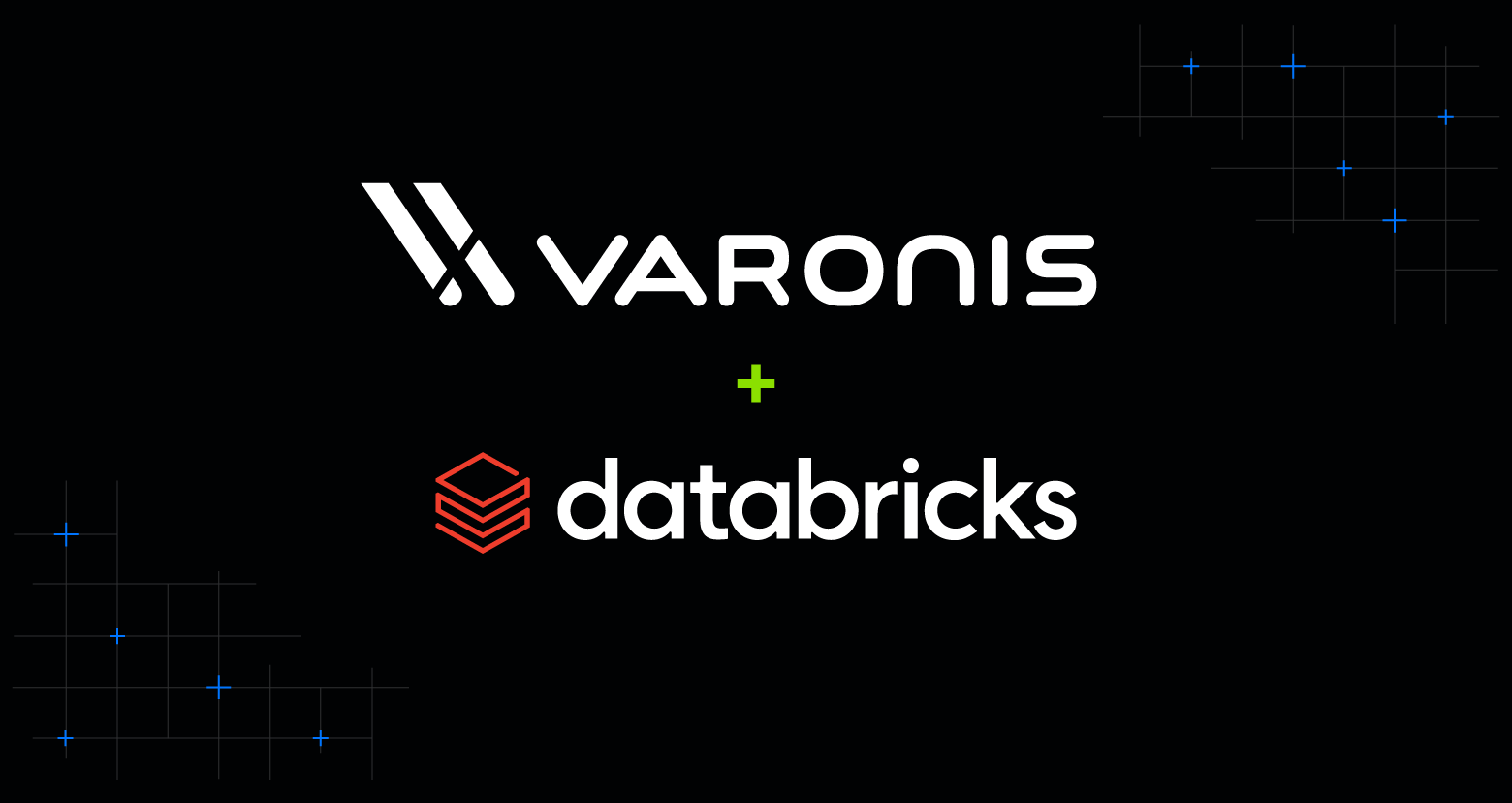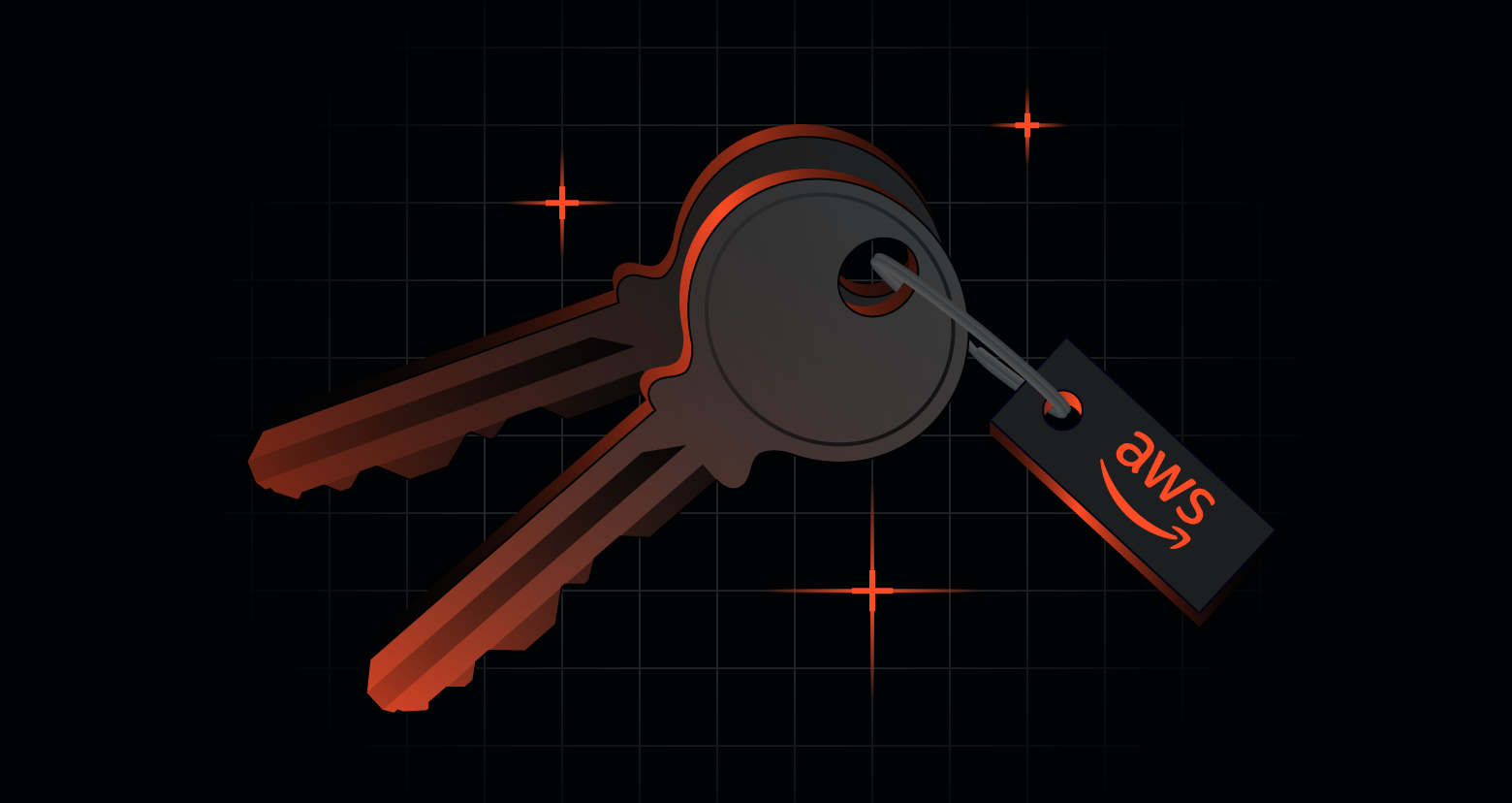As organizations increasingly adopt multi-cloud strategies, identity management becomes one of the most critical and complex challenges to solve.
Each cloud provider introduces its own identity framework, access controls, and authentication standards. This fragmentation creates silos that increase risk, hinder visibility, and complicate compliance efforts. Without a unified identity security strategy, organizations are left vulnerable to gaps that attackers can exploit.
In this article, we’ll explore what it takes to manage identities effectively in multi-cloud environments and how to simplify the chaos while maintaining security and compliance.
Understanding multi-cloud identity management
Multi-cloud identity management refers to the processes, technologies, and strategies used to manage user identities, access controls, and authentication across multiple cloud service providers. This includes coordinating identity policies between platforms like AWS, Microsoft Azure, Google Cloud, and the various SaaS applications your organization might rely on.
The complexity in multi-cloud security arises from the fact that each provider has its own identity system, with different authentication mechanisms and access models. This leads to fragmented identity silos, where users may have multiple accounts across platforms, each with different levels of access. These silos not only increase your attack surface but also make it difficult to maintain consistent security policies and visibility across environments.
Key considerations for multi-cloud identity management
Centralized identity governance
A centralized approach to identity governance is essential in multi-cloud environments.
It allows organizations to maintain a single source of truth for identity information, ensuring access control policies are applied consistently across all platforms. This centralization also enables better monitoring and auditing of access, which is crucial for security and compliance.
For example, imagine a healthcare clinic where a physician resigns. With centralized identity governance, the IT team can trigger a single workflow that immediately revokes the physician’s access to all patient data systems, whether hosted in AWS, Microsoft 365, or specialized healthcare applications. This improves operational efficiency and reduces the risk of unauthorized access.
Authentication and federation
Strong authentication practices must be consistent across all cloud environments.
Federated identity using standards like SAML, OAuth, or OpenID Connect (OIDC) allows users to authenticate once and gain access to multiple systems. Multifactor authentication (MFA) should be enforced across all platforms, and single sign-on (SSO) solutions can simplify the user experience while enhancing security.
Consider a marketing agency where employees use dozens of cloud tools daily. With properly implemented federation and SSO, team members can securely log in once using strong MFA and seamlessly access all necessary tools across AWS, Google Cloud, and various SaaS platforms — without compromising security or productivity.
Comprehensive access intelligence
Understanding who has access to what data across all cloud platforms is critical.
Organizations need solutions that provide visibility into entitlements, analyze effective permissions (not just direct assignments), and detect excessive privileges or potential privilege escalation risks.
For instance, during a compliance audit, a security team can use an access intelligence dashboard to quickly identify which employees have access to sensitive financial data. This includes direct access and indirect access through group memberships or inherited permissions, ensuring a complete and accurate picture of access across the environment.
Automated remediation capabilities
Manual management of permissions across multiple clouds is not scalable. Automated remediation tools can identify and fix risky configurations, remove excessive permissions, and enforce least privilege principles. These tools can also apply consistent data labels and data loss prevention (DLP) policies across all cloud environments.
Imagine a scenario where a developer accidentally receives admin access to production databases across multiple clouds. An automated remediation system can detect this misconfiguration, downgrade the permissions to appropriate levels, and notify both the security team and the user, all without manual intervention.
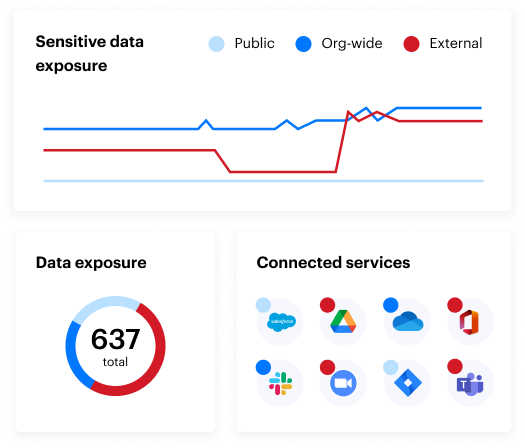
Threat detection and response
Security monitoring in multi-cloud environments must be comprehensive and unified.
Organizations should implement solutions that baseline normal user behavior, detect anomalies across all platforms, and maintain a searchable audit trail of data access activity. Unified alerting and response workflows that span cloud boundaries are essential for timely incident response.
For example, if an accounting employee typically accesses financial records during business hours from the office, a cross-cloud threat detection system should flag suspicious activity if their account suddenly downloads large volumes of data at 2 a.m. from an overseas location. This kind of visibility can prevent data breaches before they escalate.
Compliance management
Regulatory compliance becomes more complex in multi-cloud environments. Organizations must map their cloud services to relevant compliance frameworks such as GDPR, HIPAA, or CCPA. Consistent data classification, unified auditing, and automated compliance checks are essential to meet regulatory requirements and avoid costly penalties.
A retail business preparing for a PCI compliance audit, for instance, can use unified compliance reporting to verify that all customer payment data — regardless of whether it’s stored in AWS, Azure, or a SaaS application — meets encryption and access control standards. This saves weeks of manual verification and ensures audit readiness.
Implementation approaches for multi-cloud identity management
Cloud provider native tools
Each major cloud provider — AWS, Azure, and Google Cloud — offers its own suite of identity management tools.
These native solutions are deeply integrated into their respective ecosystems, making them ideal for organizations that operate primarily within a single cloud. They often come bundled with existing subscriptions and are optimized for the provider’s architecture, offering seamless performance and support.
However, the benefits of native tools diminish in multi-cloud environments. These tools are typically designed to manage identities within their own cloud, not across others. As a result, organizations using multiple providers may find themselves managing separate identity systems, leading to increased complexity and the risk of identity silos. This fragmentation can make it difficult to enforce consistent policies, monitor access, and respond to threats in a unified way.
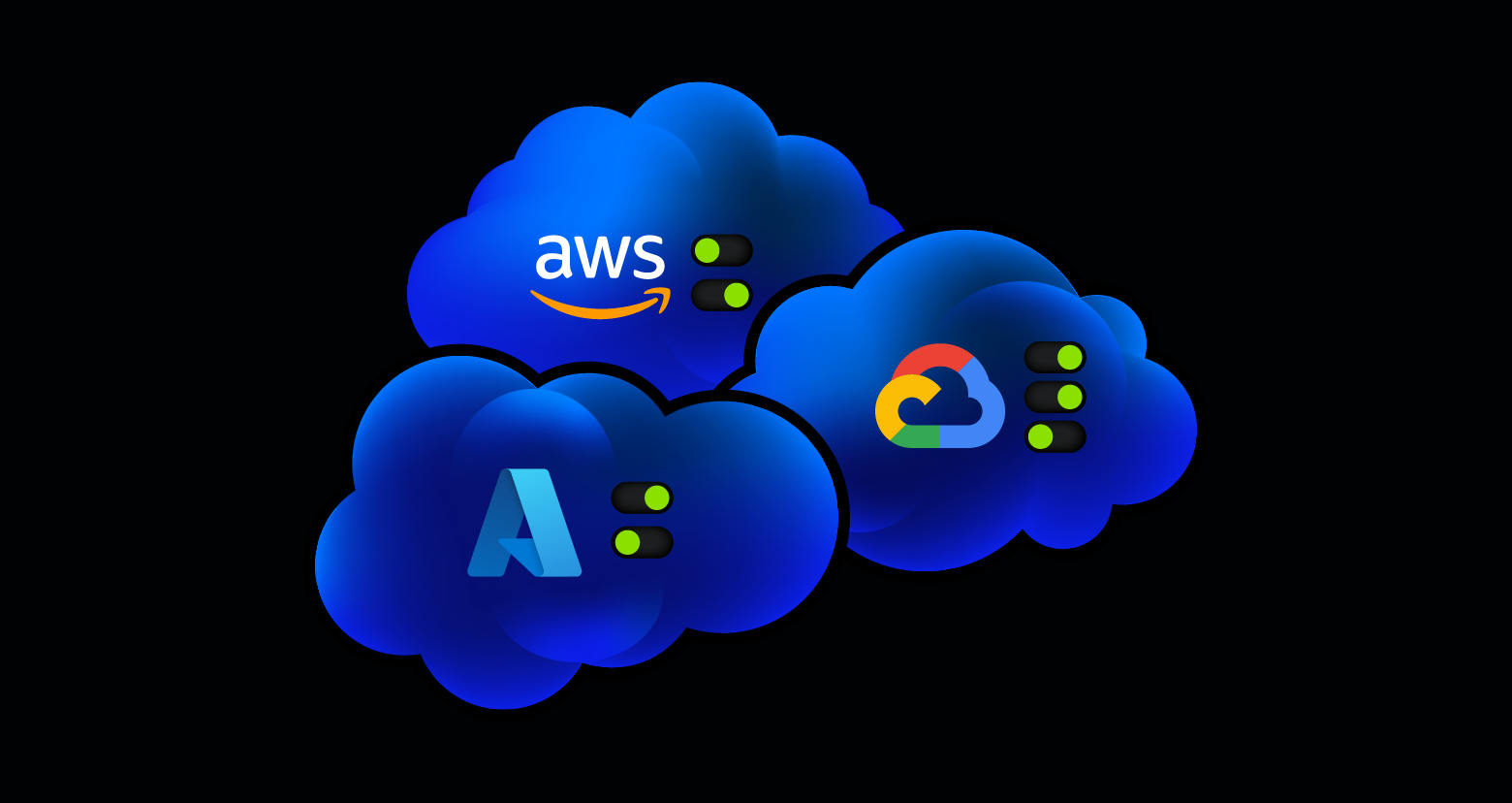
Third-party identity as a service (IDaaS)
Third-party IDaaS platforms offer a centralized approach to identity management across multiple cloud environments. These cloud-based solutions are designed specifically to unify identity governance, authentication, and access control across diverse platforms. They often include advanced features such as federated identity, SSO, and MFA, all managed through a single administrative console.
The primary advantage of IDaaS is its ability to simplify administration and enforce consistent policies across clouds. However, this approach may introduce additional costs and dependencies on external vendors. Integration with existing systems can also require significant effort, especially for organizations with complex legacy environments. Despite these challenges, IDaaS remains a strong option for enterprises seeking to streamline identity management across a fragmented cloud landscape.
Data security posture management (DSPM) with identity focus
DSPM platforms incorporate identity management to enable a data-centric approach that extends beyond traditional identity tools. These solutions unify identity, data, and threat intelligence into a single platform, enabling organizations to enforce least-privilege access, detect anomalies in real time, and remediate risks automatically across cloud environments.
By focusing on the intersection of identity and data, DSPM platforms provide a more holistic view of security. They help organizations understand not just who has access, but what they have access to and how that access is being used. This level of insight is critical for preventing data breaches and ensuring compliance. DSPM is an ideal fit for organizations with complex environments and high data sensitivity.
Best practices for multi-cloud identity management
- Start with a clear identity strategy: Define your requirements, governance model, and policies before implementing technical solutions.
- Implement least privilege access: Ensure users only have the minimum access necessary to perform their job functions across all cloud platforms.
- Automate identity lifecycle management: Streamline user provisioning, changes, and deprovisioning across all cloud environments.
- Prioritize privileged access management: Pay special attention to admin accounts and service principals with extensive permissions.
- Regularly review access: Conduct periodic access reviews to identify and remove unnecessary permissions.
- Train your team: Educate your security team on the nuances of identity management across different cloud platforms.
- Monitor and audit continuously: Implement comprehensive logging and monitoring to detect suspicious activity across your multi-cloud environment.
Simplify identity in the cloud
Varonis unifies identity, data, and threat intelligence in one platform — delivering least-privilege automation, real-time anomaly detection, and cross-cloud remediation you can trust. With Varonis, you get a unified, data-first approach to cloud security that scales with your environment, no matter how complex it gets.
Ready to see how secure your cloud identities and sensitive data really are?
Take the next step and get started with a free Data Risk Assessment and discover actionable insights to strengthen your multi-cloud security posture.
What should I do now?
Below are three ways you can continue your journey to reduce data risk at your company:
Schedule a demo with us to see Varonis in action. We'll personalize the session to your org's data security needs and answer any questions.
See a sample of our Data Risk Assessment and learn the risks that could be lingering in your environment. Varonis' DRA is completely free and offers a clear path to automated remediation.
Follow us on LinkedIn, YouTube, and X (Twitter) for bite-sized insights on all things data security, including DSPM, threat detection, AI security, and more.

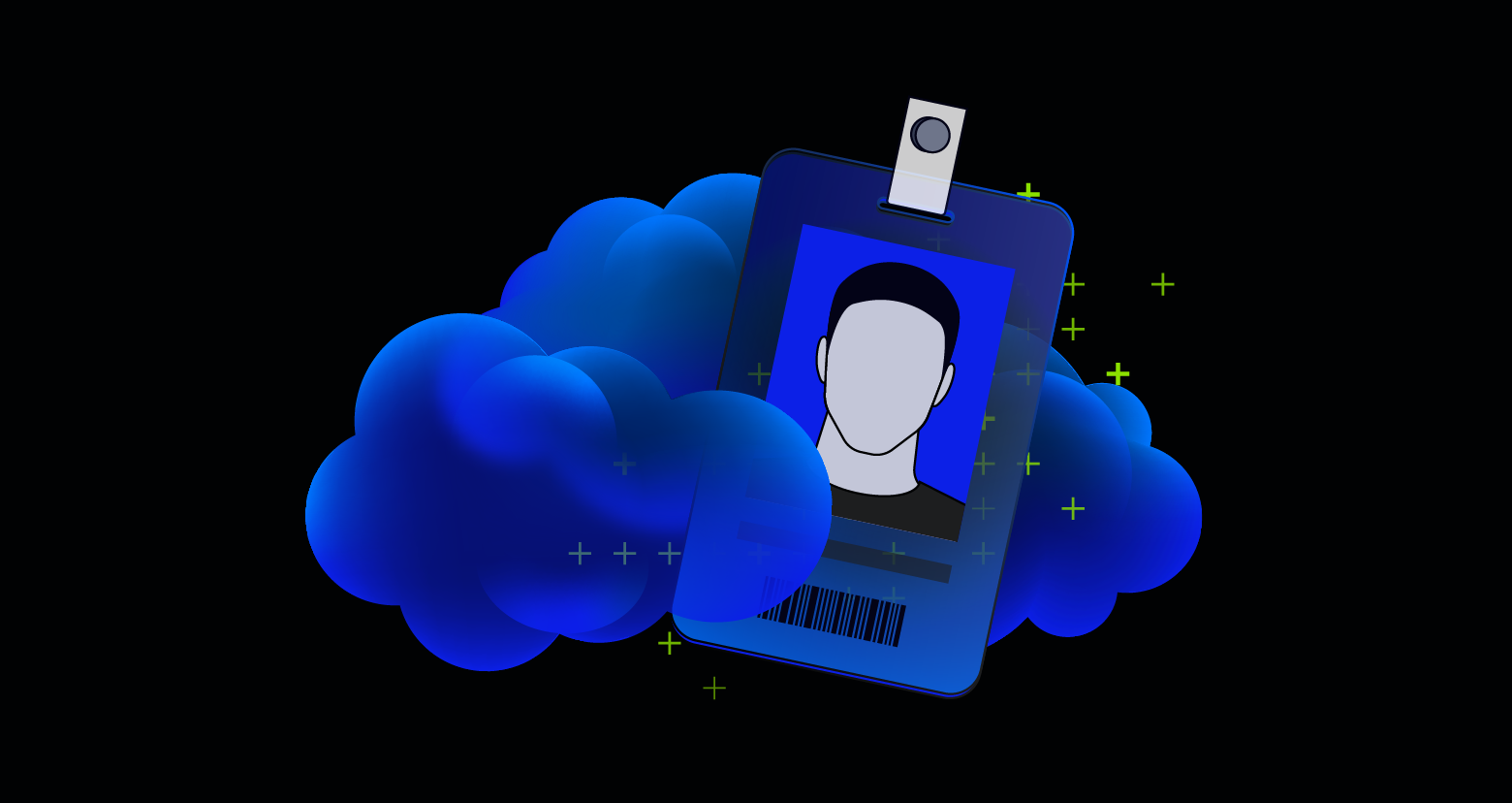
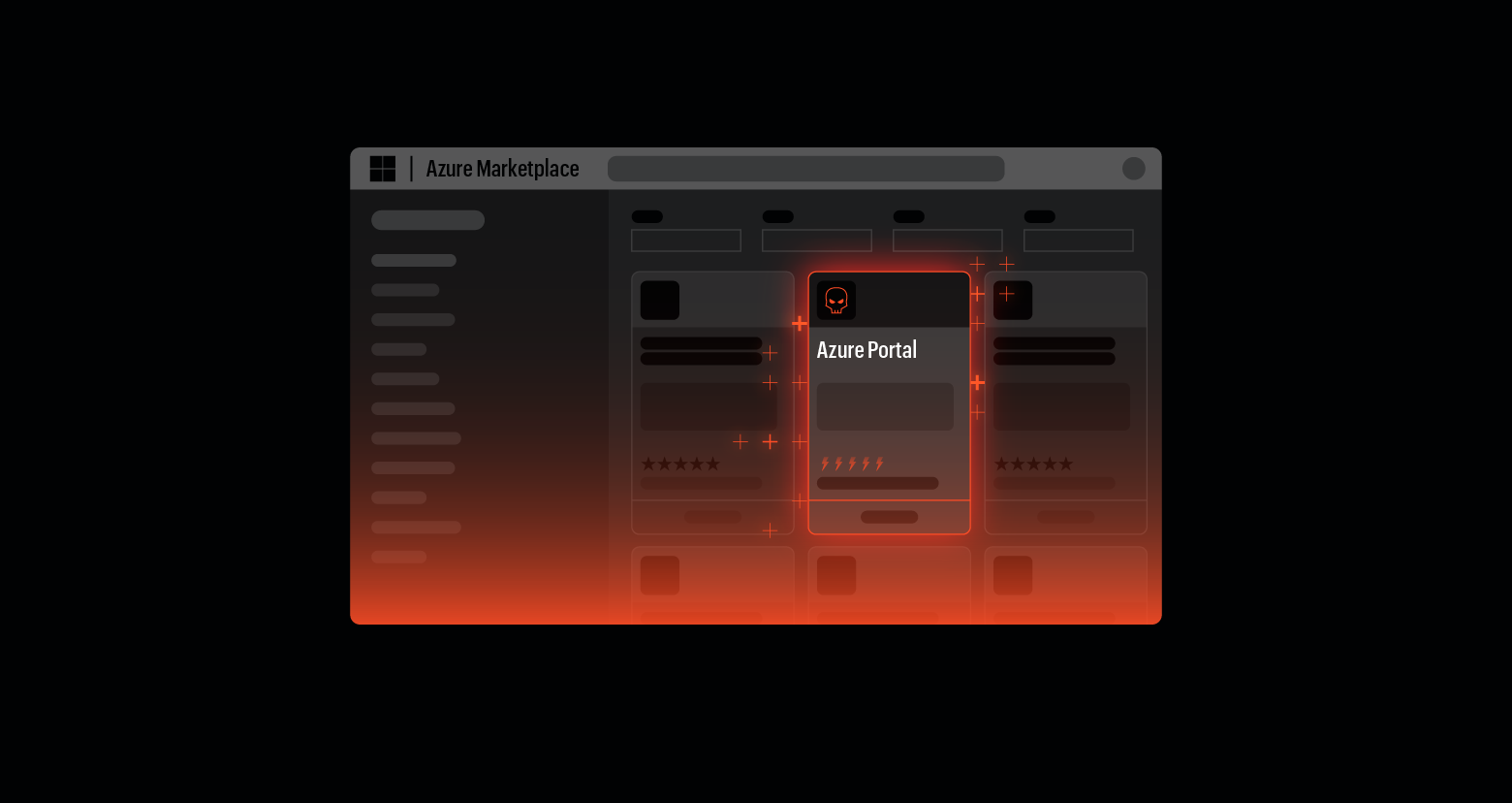
.png)


